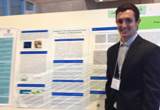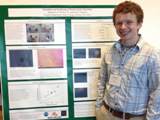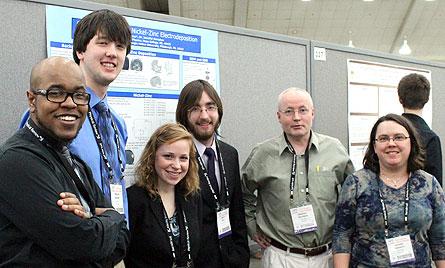Eight Hope students and two faculty members traveled to Grand Valley State University on November 13 to attend a public lecture given by famous astrophysicist Neil deGrasse Tyson. The talk, “Science as a Way of Knowing,” was delivered to a sold-out crowd at the GVSU field house. Tyson is well-known for his previous work hosting PBS’s NOVA ScienceNOW and as director of the Hayden Planetarium in New York City. Regarded as a prolific ambassador of science, he is the author of several popular science books and has made numerous appearances on The Daily Show with Jon Stewart and The Colbert Report.
The Society of Physics Students at Hope College is a student-run organization open to anyone with an interest in physics, regardless of major or profession. The group meets monthly to discuss and plan outreach activities, professional development, and social gatherings. While at the Tyson lecture, Hope physics students made the most of the opportunity–networking with their physics peers from Alma College, who were also in attendance. Pictured above are Hope students posing with their Alma counterparts.






